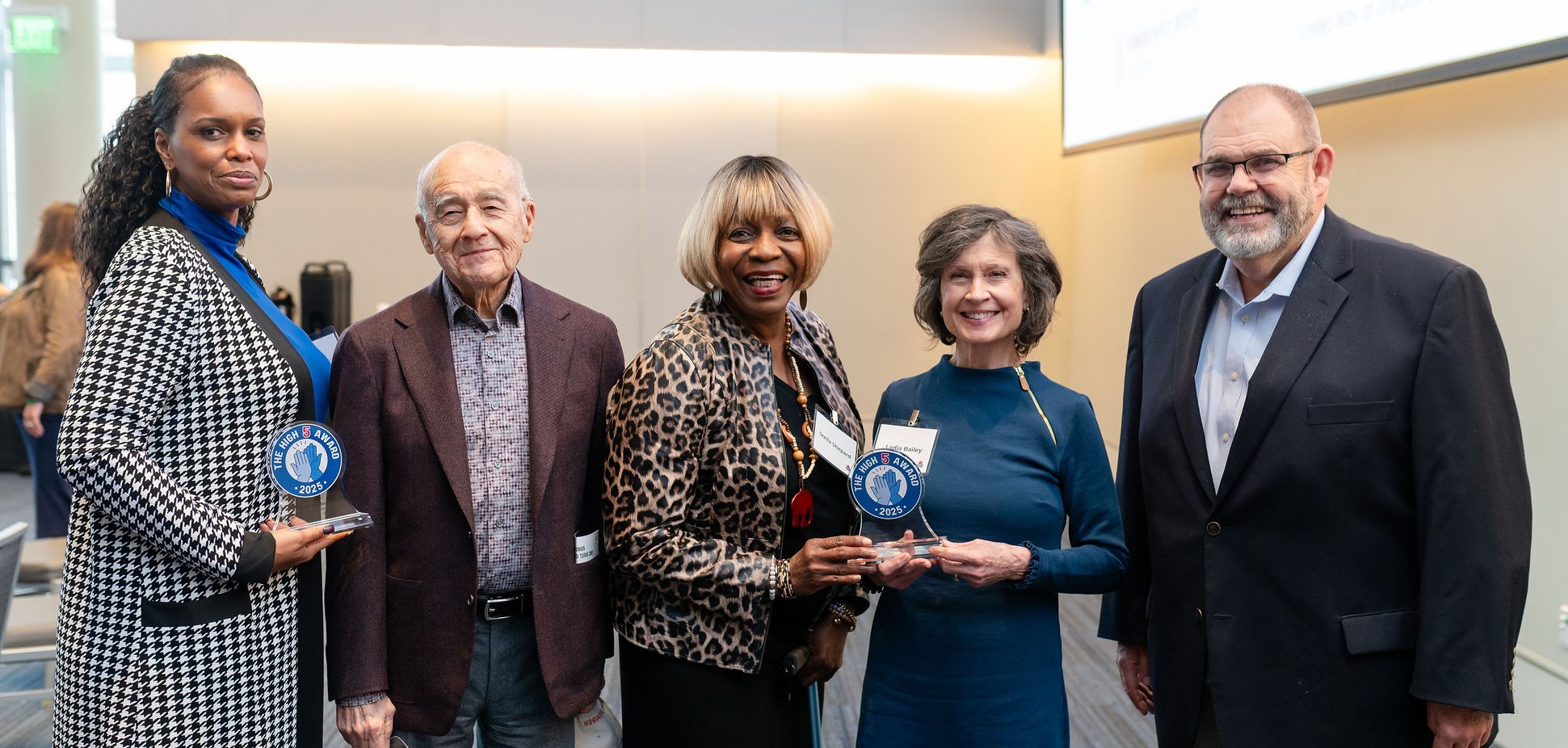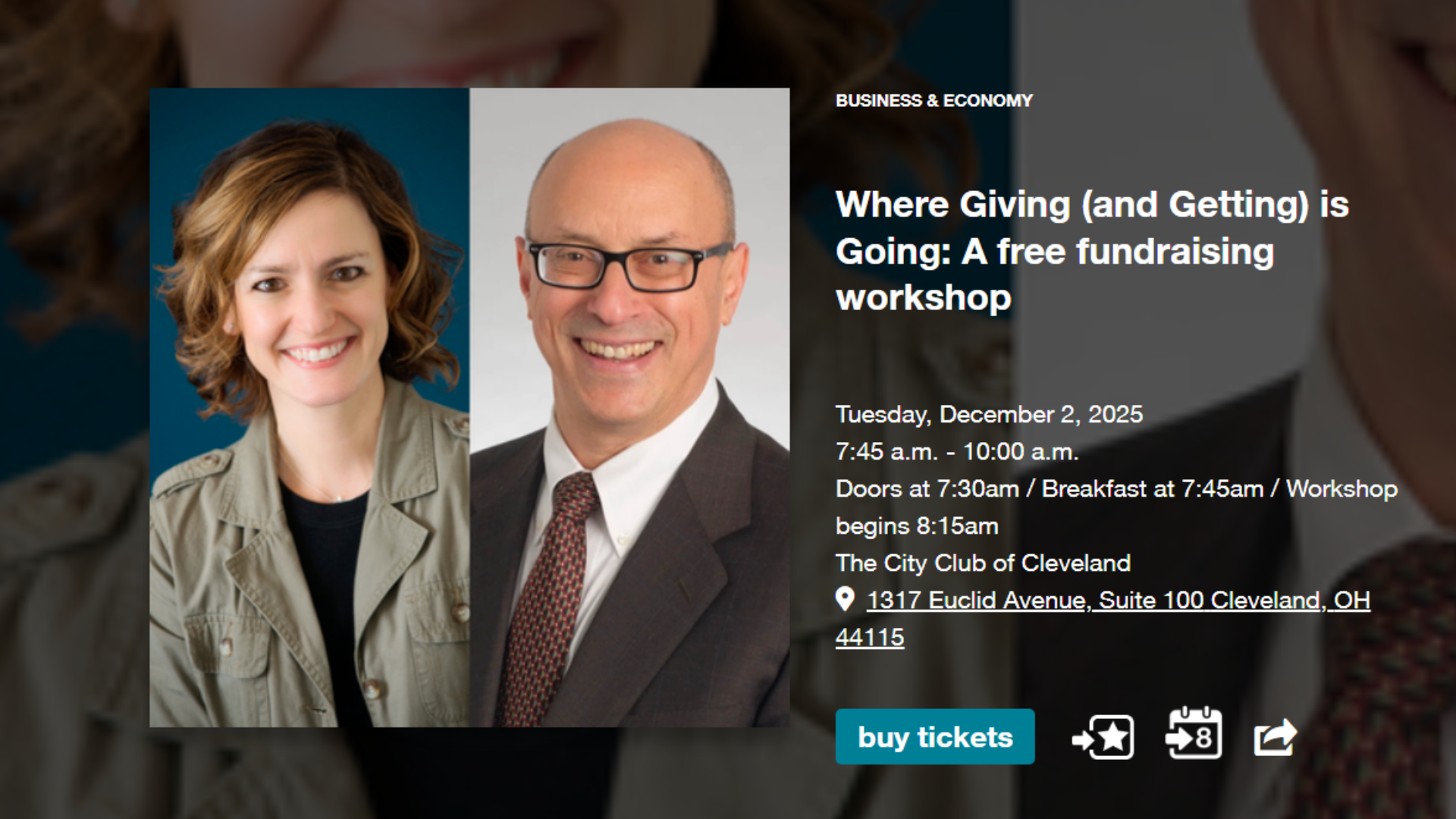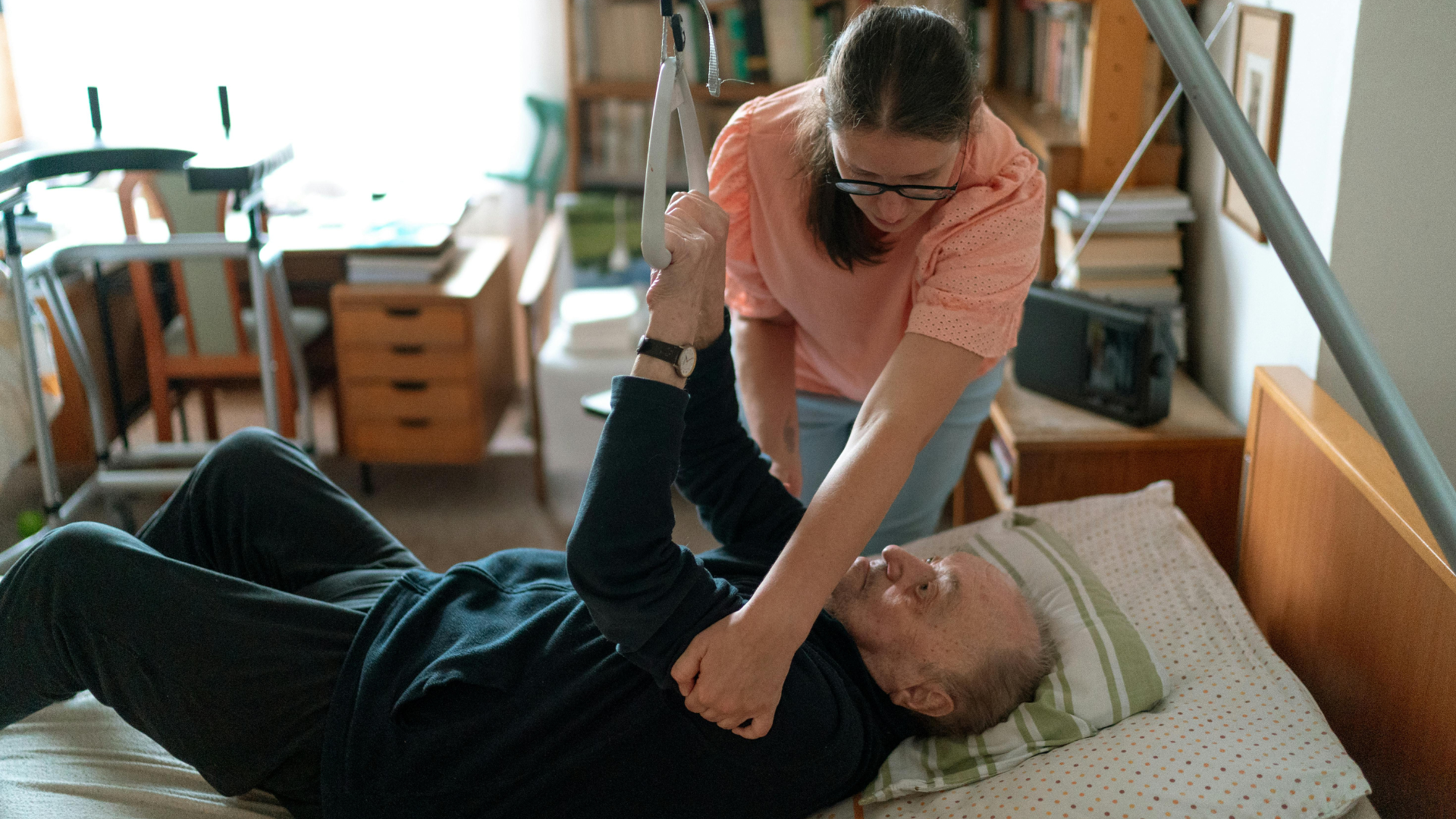They’re there. Behind closed doors. Rarely seen or heard. But there and they need attention. Who? Isolated older adults.
On Tuesday, May 12, Ohio announced the launch of a new program, Staying Connected, a free, daily check-in phone service for Ohioans age 60 or older. Its laudable goal is to ensure that Ohioans—especially those who are alone and may not have regular contact with family or friends—have someone who will check on them regularly to ensure they’re doing ok. It’s designed around individual preferences and, hopefully, will bring a higher measure of safety and comfort to those who are, or who feel, isolated.
When I heard the announcement, my initial and heartfelt reaction of “Thank you!” was quickly followed by a few other realizations and sentiments.
When I heard the announcement, my initial and heartfelt reaction of “Thank you!” was quickly followed by a few other realizations and sentiments.
1. This new service is so needed. As documented by Community Solutions’ Emily Muttillo many times (most recently in Preventing social isolation when the senior center closes (March 21, 2020) and Social isolation: A quiet social determinant of health (February, 3, 2020), social isolation experienced by older adults can be intense and have serious health consequences. During the current pandemic, with senior centers closed, it’s even more critical that all older adults have someone—even if it’s someone through a government-provided service—check on them on a regular basis.
2. This type of service is not new. For decades, human service organizations have had “friendly visiting”—in person or over the phone—as a mainstay of their volunteer programs. Thousands of volunteers have spent time regularly calling older persons to check on their welfare and just provide a listening ear and a smiling voice. In 1974, Community Volunteer Services (housed at Community Solutions) worked with four suburban offices on aging to develop programs for working with older people; one result: a telephone reassurance and a friendly visiting project were begun.* Since 1985, several people who engage in volunteer phone work have been recognized through the Most Treasured Volunteer Awards program. The popular Age-Friendly [Your City Name Here] movement includes as priorities enhancing aging-in-place while addressing social isolation. So, not new, but still needed.
3. The fact that this service is needed makes me a little sad. There may be legitimate reasons that a person is not contacted regularly by family. Maybe they’re the sole survivors of their generation and they have no children. And family dynamics are unique to each situation; maybe they’re safer or happier on their own. But still, it’s sad that so many have no human connections that naturally check in on them.
One 55-cent stamp could make a huge impact on someone’s life…today.
Having said all that, there IS something each of us can do to help today. Each of us can think about who we know—even one person—who may be at home alone, isolated, due to the pandemic. We can reach out to them today with a call or a letter. One 55-cent stamp could make a huge impact on someone’s life…today.
*Source: IMPACT! The Federation for Community Planning at Work: Selections from a 75-year record of accomplishments, 1988








